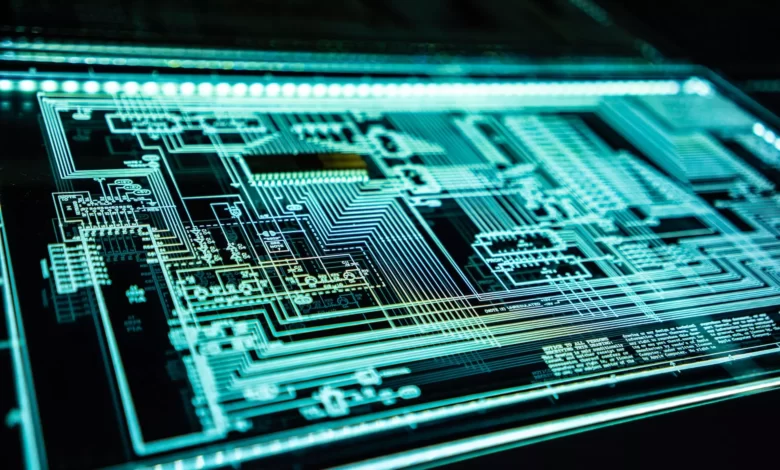
How Has Technology Advanced The Health Industry?
Over the years, technology has greatly advanced and improved the health industry across many areas including patient outcomes, ease of access and working environments.
Early examples of technology in healthcare settings include sonography and pacemakers in the 1950s with ultrasound becoming commercially available in the 1960s.
We’ll take a look at some of the key innovations in tech within the health sector and explore how advancements have improved services.
Availability
Technology has made health and medicine more accessible and available to a larger number of people. Digital NHS healthcare now means that patients can access important information online. They can also request appointments via telephone and through online services, speeding up diagnosis and freeing up time for other patients.
Similarly, the development of the internet now makes it possible for the public to gain access to online advice and expertise from qualified doctors.
Data sharing means that hospitals, GP surgeries and clinics can now access patient information quickly and accurately leading to better treatment and care.
Equipment
There are many revolutions in healthcare equipment that have helped to save lives. A key component behind many innovations was the PCB design software to create printed circuit boards. These are utilised in many healthcare applications such as pacemakers, implanted defibrillators and heart monitors as well as medical imaging.
Efficiency for medical staff
As well as greater access to data, medical staff no longer have to write out hundreds of manual prescriptions or search through physical paper health records to find patient information.
Automated systems mean prescriptions can be generated automatically online as and when they are needed. Often, repeat prescriptions are sent straight to the pharmacist, reducing the admin time spent on routine tasks.
Improved diagnosis
Before technology advancements, making an accurate and prompt diagnosis could be challenging for professionals. But with improved tech and equipment such as MRI scanners, CT scanning and even optical sensing, making a quick diagnosis and offering appropriate treatment is much easier.
In turn, this saves time and money and also helps improve the outcome for the patient.
Improved treatment
With technology facilitating the development of research and new treatment options, patients are receiving a much more personalised approach to healthcare. Therapies and treatments are often tailored to the individual by using technology to identify how well they will respond to certain drugs.
It also means that each patient has more autonomy when it comes to their health and they’re able to give greater informed consent to any treatment offered.
As technology further develops and allows even more widespread benefits, costs are likely to reduce, allowing even more people to gain access to a wealth of information, accurate diagnosis and treatment options.







